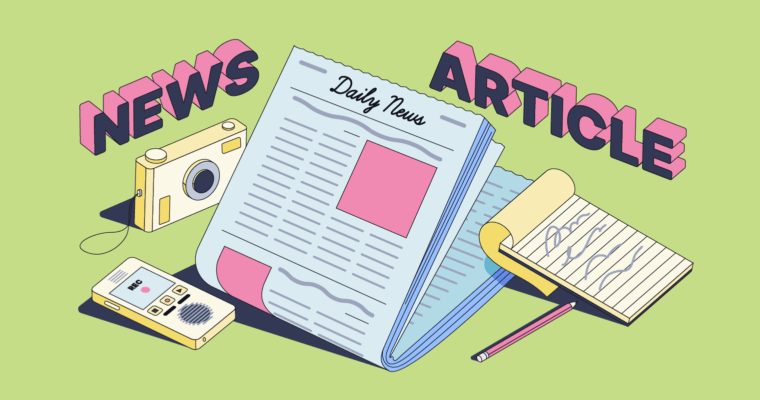|
Two simple movements you can do at home to 'prevent knee pain' A physical therapist has shared a pair of straightforward exercises that you can easily perform at home to alleviate and prevent further aggravation of knee pain. Dealing with knee injuries or persistent knee pain can make daily tasks incredibly challenging. To combat this discomfort, a physical therapist named Dr Lisa has turned to social media platforms to demonstrate two simple movements aimed at soothing knee pain. Dr Lisa begins her instructional video by saying: "If your knee hurts under the kneecap or around the kneecap, you're gonna wanna work into these two movement patterns to relieve the pain,". She added: "We really wanna address the load on the anterior portion of the knee with these movement patterns so we can decrease the load, which will help decrease the pain." In her detailed explanation of the two beneficial movements, she also cautions viewers to modify any exercise if they experience discomfort during the process, as noted in her video caption. 1. Single-leg squatDetailing the first exercise, Dr Lisa describes, "The fist movement pattern is a single leg squat," but warns against a common mistake for those with knee pain where the squat is performed incorrectly: "But often times when someone has knee pain, their single leg squat looks like this where they're just bending their knee forward and they're not loading their posterior chain." She instructs proper technique for maximum benefit: "So when you do a single leg squat, make sure that you are loading your glute max and you're bringing your hips back, like you're about to sit in a chair and then come back up." She offered further insight, stating: "You can start with an assisted single leg squat by bringing your front leg and just putting your heel on the ground as you come down and up. Put your hand on your glute just to make sure you're brining your hips back." 2. Hip pinContinuing with a second exercise, she said: "The second movement pattern is a hip pin," and expressed her preference for using a stick to effectively target the glute max with this move. To execute the hip pin, Lisa instructed: "So all we're gonna do is put the stick behind us. So this could also be like a broom, a golf club, a cane, whatever you have around the house." She stressed the importance of maintaining contact with the stick at three points during the movement: "So all you're gonna do with the stick is make sure that you're maintaining these three points of contact throughout this movement. So the first point is my head, the second point is my mid-back, and the third point is my tailbone or my sacrum." After securing the proper placement of the stick, she continued: "So from this position, I'm gonna emphasize bringing my hips back as I go into a hip hinge." Demonstrating the movement, she advised: "Make sure you have all three points of contact touching the stick or the broom, and then you'll come back up. This is a great way to see if you're actually doing your hip hinge correctly, or if you're just leaning forward at your trunk." According to the NHS, most knee pain will subside after a few days with adequate rest. However, should the pain persist beyond several weeks, they advise getting in touch with your GP. Source link Posted: 2025-04-16 19:48:25 |
Outdated kitchen cabinets will look new with easy method
|
|
Birmingham bin strike LIVE: Huge protest as unions threaten total chaos | UK | News
|
|
Robert De Niro names his 7 favourite actors - James Dean on the list | World | News
|
|
Britons hounded by Spain's 'out of control' tax authority | Politics | News
|
|
US and China holding talks on trade war, Trump says after Beijing rebuttal | International trade
|
|
George Russell eats his words at Chinese GP and Mercedes star only has himself to blame | F1 | Sport
|
|
'Real quality' solar garden lights that 'work brilliantly' half price
|
|
England given exciting Six Nations billing as their very own 'Rodri' to make rare start | Rugby | Sport
|
|